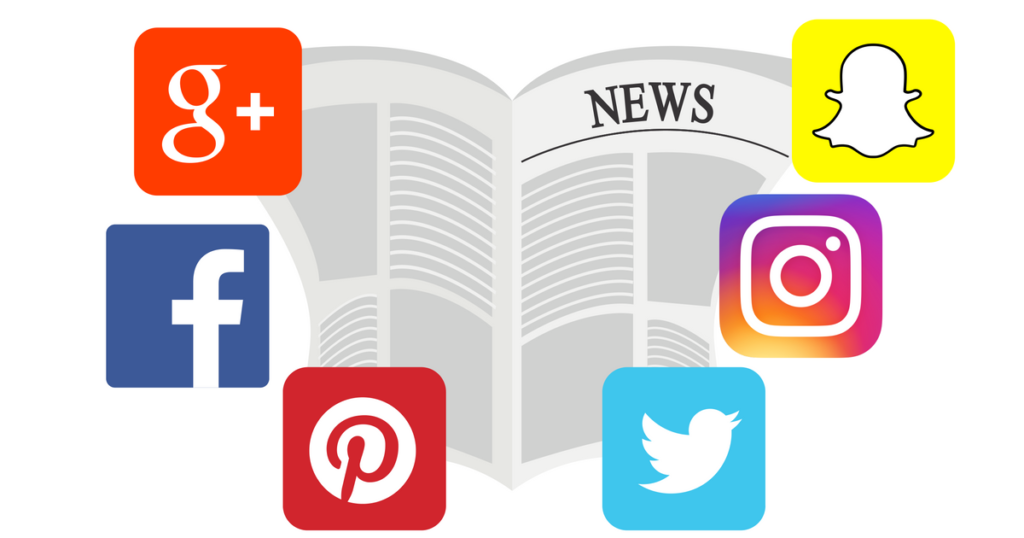2016 is officially the year that social media surpassed traditional news and media outlets as the “go to” for current events and news. The Pew Research Center reported that 62 percent of adults obtain their news on social media, and that a large percentage of millennials also rely heavily on social media platforms to keep update and informed. This circulation of fake news through social media became even more apparent in the 2016 presidential election – which is why both social sites and individuals need to be accountable.
So what exactly is the role that social media must take in the news media? For companies such as Facebook, Google and Twitter, the problem of fake news is steadily growing and these organizations can no longer stand idly by. Facebook and Google have stated that they are aggressively searching and rooting out companies and users posting and propagating fake news, mainly by limiting advertising for fake news publishers. In order to do so, Facebook now must also realize that is no longer just a platform for connecting people, it has evolved into will also have to decide in the coming months if they want to continue.
 As media professionals, there must also be a checks and balances on our part as well. What we need today is metaliteracy, which is the ability to make sense of the vast amounts of information in the connected world of social media. Metaliteracy helps people to understand the content and context from which is the new is coming from, and noting whether the information derives from research or editorial opinion, and to evaluate the comments left by users.
As media professionals, there must also be a checks and balances on our part as well. What we need today is metaliteracy, which is the ability to make sense of the vast amounts of information in the connected world of social media. Metaliteracy helps people to understand the content and context from which is the new is coming from, and noting whether the information derives from research or editorial opinion, and to evaluate the comments left by users.
It’s too early to know how these projects will impact the complex problem of viral fake news on social media, but if social platforms and media professionals can work together, perhaps we can create an honest space to share, connect and inform.
